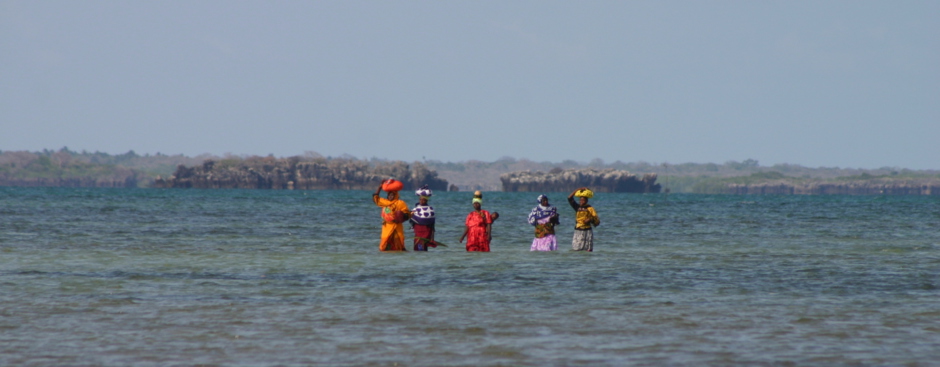The fourth geography to collect driftwood was at the Northern tip of Malaysian Borneo - with the kind support of WWF - Malaysia. All the wood was collected in and around the Tun Mustapha Marine
Park, Kudat, an area rich in biodiversity, and in great need of conservation.

